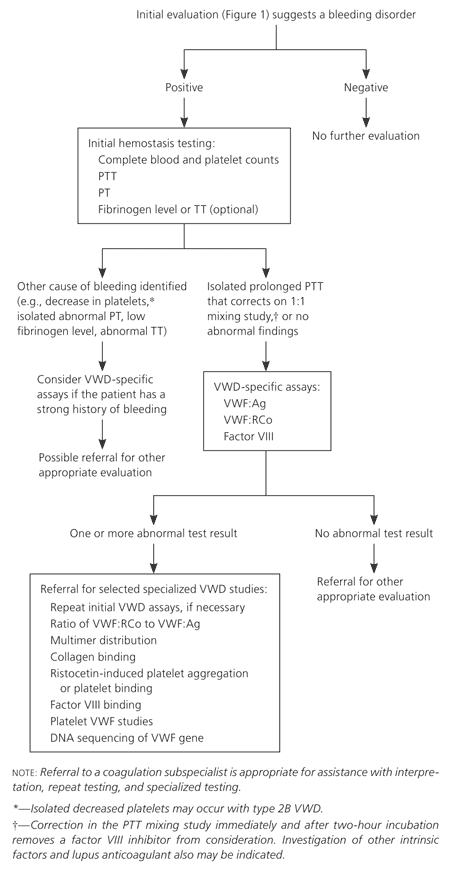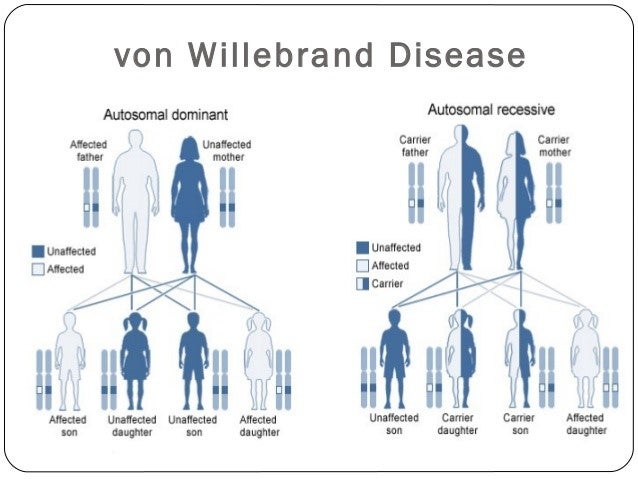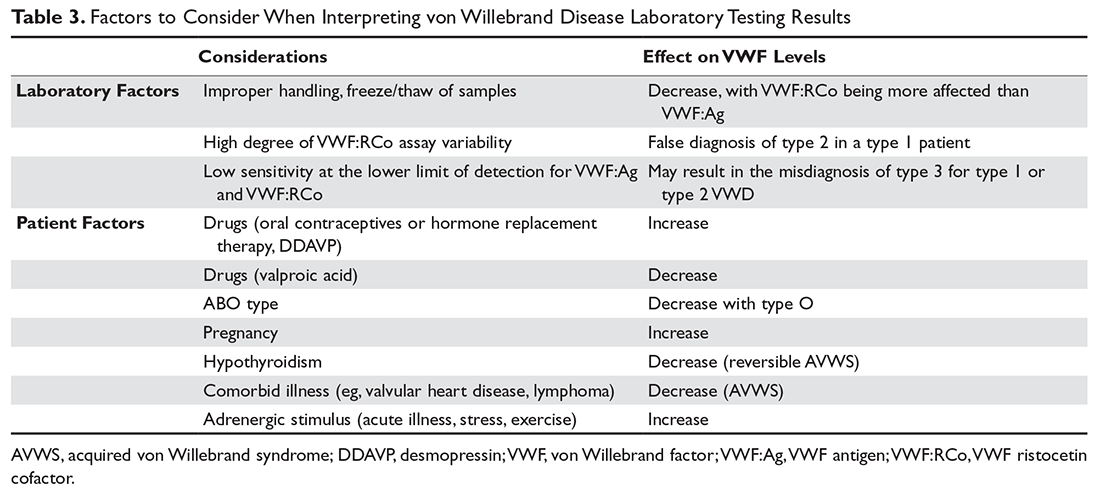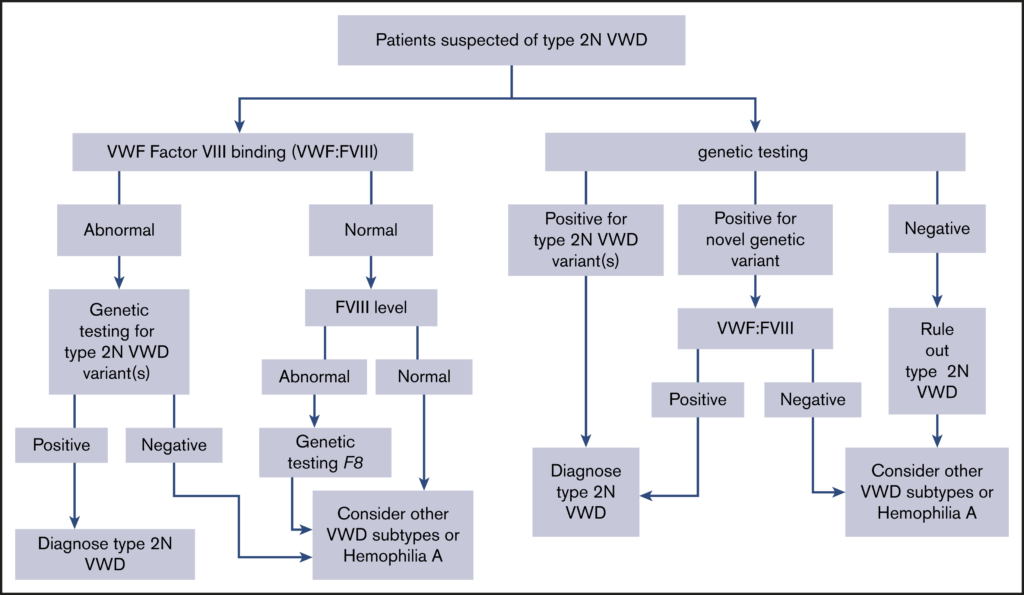Amazing Tips About How To Diagnose Von Willebrand Disease

Acquired von willebrand syndrome (avws) is a rare bleeding disorder that is characterized by structural or functional alterations in von willebrand factor (vwf) caused by a.
How to diagnose von willebrand disease. Acquired von willebrand syndrome (avws) is a bleeding disorder that can occur due to a variety of conditions, but is not caused by a vwf genetic change. Persons with levels of 30 to 50 iu per dl may not have the. These guidelines for diagnosis and management of von willebrand disease (vwd) were.
The diagnosis of von willebrand disease should include a detailed history of bleeding in an individual, a family history of. Ad see official information about a von willebrand disease treatment for adults. Some of the blood tests used to diagnose vwd are:
Talk to a doctor to learn if any laboratory tests are suggested to diagnose or manage this disease. How do they make a diagnosis of von willebrand disease? It does not tell how well the vwf functions.
To find out if a person has vwd, the doctor will ask questions about personal and family histories. This condition may result from. The haemorrhagic diathesis in von willebrand disease (vwd) is caused by a quantitative deficiency or a qualitative defect in the von willebrand factor (vwf) in plasma and/or platelets.
Most people with von willebrand disease have normal cbcs. Von willebrand factor levels of 30 iu per dl or lower are required for the definite diagnosis of inherited von willebrand disease. From the national heart lung and blood institute, national institutes of health.
Frequent nosebleeds that don't stop within 10 minutes heavy or long menstrual bleeding heavy bleeding during labor and delivery blood in your urine or stool easy bruising or. How is von willebrand disease diagnosed? Bleeding into joints or internal organs in severe cases (type 3 vwd) diagnosis.


![Figure 2. [Algorithm For Additional Testing For Von Willebrand Disease Subtype]. - Genereviews® - Ncbi Bookshelf](https://www.ncbi.nlm.nih.gov/books/NBK7014/bin/von-willebrand-Image002.jpg)





![Figure 1. [Initial Testing Algorithm For Von Willebrand Disease]. - Genereviews® - Ncbi Bookshelf](https://www.ncbi.nlm.nih.gov/books/NBK7014/bin/von-willebrand-Image001.jpg)





![Pdf] [Diagnostic Algorithm For Von Willebrand Disease (Vwd) In A Mexican Population]. | Semantic Scholar](https://d3i71xaburhd42.cloudfront.net/efb0b7c510f45249a3d02acee2f910572fe3041a/4-Figure1-1.png)


![Pdf] Diagnostic Approach To Von Willebrand Disease. | Semantic Scholar](https://d3i71xaburhd42.cloudfront.net/161f8ac6624f3991dbb3da5f8e97b3d95bb9c866/6-Figure3-1.png)